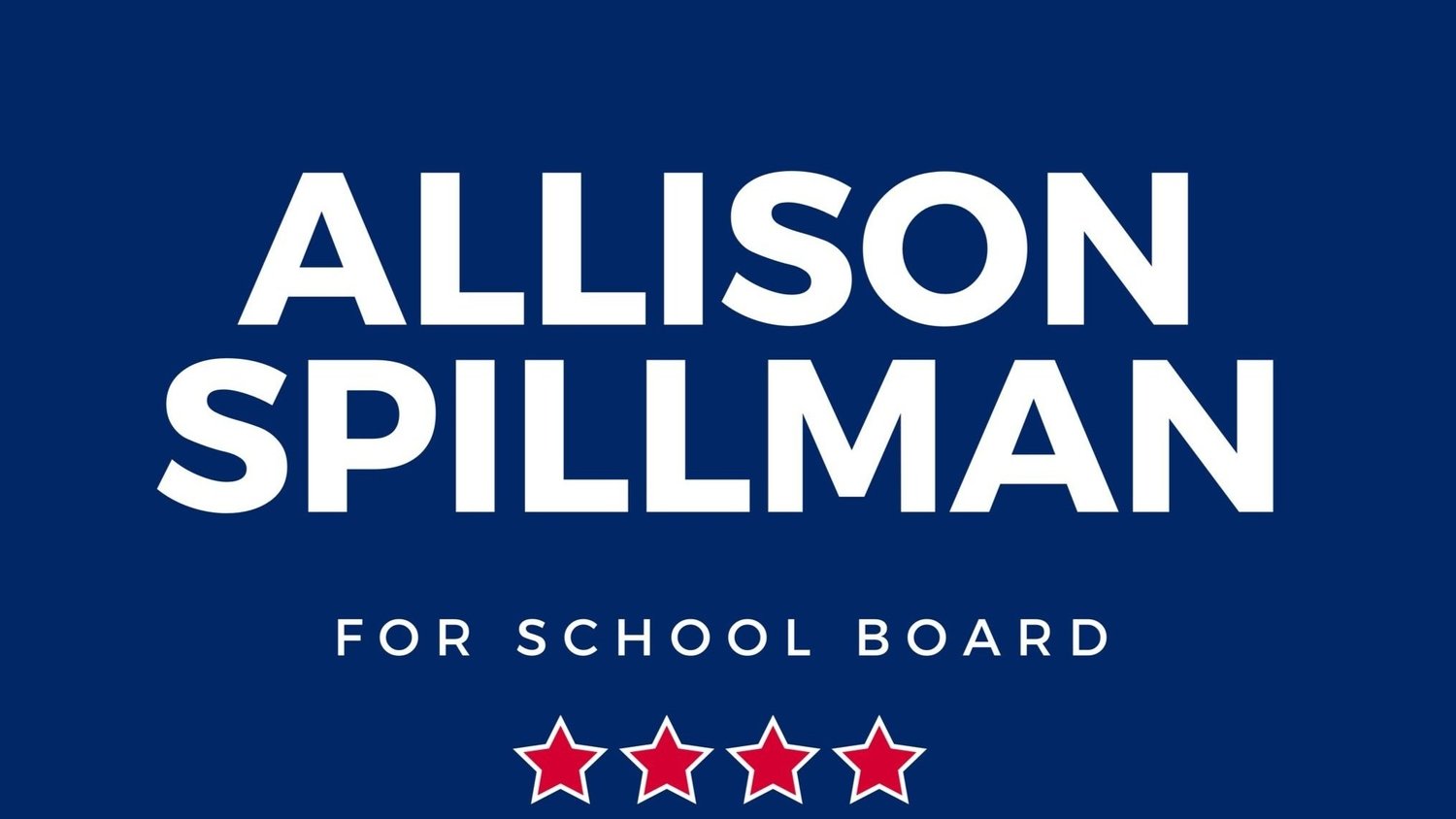Promoting Literacy and STEM Education in Our Elementary Schools
As a parent of 5 children in Albemarle County Public Schools, including two elementary students (a rising 4th grader and a rising 2nd grader), I know first-hand how important their formative years are. As a school board member, I will work tirelessly to ensure that our elementary schools create a solid educational foundation so that all children learn, grow, and thrive during their school-age years and beyond. Two crucial pillars of this mission are promoting literacy and STEM (Science, Technology, Engineering, and Mathematics) education in our elementary schools.
Literacy is the single most important skill for our elementary-age students because it serves as the foundation of all learning. I agree with Professor Tisha Hayes at UVA, who eloquently said that “Literacy is a basic human right. It is something that empowers… and liberates a person.” Encouraging a love for reading from an early age not only helps children develop strong language skills, but it also nurtures their imagination and curiosity.
One of the important decisions that the next at-large member will help make is to choose a new core instructional program for reading for K-3 students for the 2024-2025 school year. I am a strong proponent of the “science of reading”: taking an evidence-based approach that embraces the cognitive science of how children learn to read. Research from the National Reading Panel found that systematic instruction in phonemic awareness and phonics produces significant benefits for children from Kindergarten through 6th grade who have difficulty learning to read. I also will listen to the voices of our elementary teachers and reading specialists on which instructional programs they recommend based on their own training and experience.
STEM education also is essential for preparing students to thrive in our technology-driven world. Elementary school is the perfect time to ignite curiosity and excitement for STEM subjects and to stimulate children's curiosity about the world around them. Hands-on experiments, interactive projects, and age-appropriate coding activities help show children that STEM is not only accessible but also fun. For instance, the popular video game Minecraft can introduce students to topics like coding, food production and energy systems, forces and units of measurement, and sustainability and recycling, and teachers can be certified to use Minecraft Education as a learning tool.
In addition, there is a clear synergy between literacy and STEM. Incorporating reading and writing activities into STEM lessons enhances comprehension and communication skills. And exposing students to STEM-related literature broadens their understanding of real-world applications and sparks their interest in these fields.
In sum, by promoting literacy and STEM education in elementary schools, we lay a strong foundation for students' academic, personal, and professional growth. As a school board member, I will fight for an elementary school education that equips our young learners with the fundamental skills they need to excel in a diverse and rapidly changing world.
